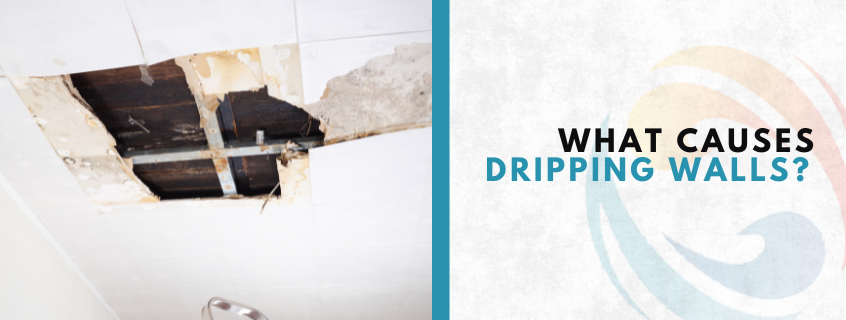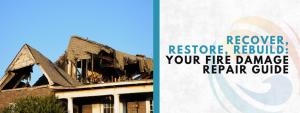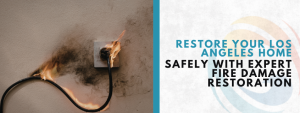
Water damage can be a homeowner’s worst nightmare—especially in Beverly Hills, where it often appears as persistent dripping walls. Left unaddressed, these issues can cause significant structural damage and promote mold growth. With guidance from skilled professionals, effective solutions for identifying, managing, and restoring homes affected by dripping wall problems in Beverly Hills.
Understanding Dripping Wall Problems
Dripping wall problems occur due to excess moisture intrusion, which can be caused by various factors. Faulty plumbing, heavy rainfall, or even condensation can lead to water seeping into your walls. When this happens, it creates an environment ripe for issues like mold growth and structural damage, not to mention the inconvenience and stress it causes.
When confronting dripping wall problems, it’s crucial to identify the source of the water. For instance, a leaky roof might cause water to pool in your walls, or a burst pipe could lead to a waterfall of moisture invading your home. Understanding the culprit can streamline the restoration process.
Steps for Effective Water Damage Restoration
Now, let’s dive into the steps for effective water damage restoration in Beverly Hills, especially when it involves those pesky dripping wall problems. Follow these guidelines to tackle the issue like a pro and protect your Beverly Hills home from further damage.
- Assess the Damage:Start by inspecting the affected area. Look for signs of water damage, such as discoloration, bubbling paint, or mold. Document your findings with photos, which may be helpful if you file an insurance claim.
- Identify the Source:Is the problem caused by a leak, pipe burst, or roof issue? Inspect all potential sources. If it’s beyond your capabilities, don’t hesitate to call a professional. They have tools like moisture meters to locate hidden leaks.
- Stop the Water Flow:Once you’ve identified the source, the next step is to stop more water from entering your walls. This may involve shutting off the water supply or calling a plumber for repairs.
- Remove Damaged Materials:Remove any soaked drywall, insulation, or other materials that have been compromised. This step is essential to prevent the growth of mold and bacteria.
- Dry the Area:Use fans, dehumidifiers, and open windows to promote airflow and speed up the drying process. Ensuring that the area is completely dry is critical to prevent further issues.
- Clean and Disinfect:After everything is dry, clean the surfaces using a disinfectant to eliminate any potential mold spores. Products with anti-microbial properties can help enhance safety.
- Repair and Restore:Once the area is dry and cleaned, it’s time to repair the damage. This may involve replacing drywall, repainting, or even remodeling the affected space.
Common Customer Concerns
When dealing with dripping wall problems, homeowners often have specific questions. Let’s address a few common concerns surrounding water damage restoration.
How Much Will It Cost?
The cost of water damage restoration varies significantly based on the extent of the damage and the materials needed for repairs. For minor issues, homeowners might spend a few hundred dollars, while significant restorations could run into the thousands. It’s best to get multiple quotes from certified professionals.
Will My Insurance Cover the Damage?
Insurance can be tricky. It often depends on the cause of the water damage. For example, if it was caused by a sudden event like a pipe burst, it’s more likely to be covered. However, gradual water damage from long-term leaks may not be. Always check your policy and consult your insurance agent.
How Long Will Restoration Take?
The timeline for restoration in Beverly Hills can range from a day to several weeks, especially when dealing with persistent dripping wall problems. Factors such as the extent of the damage, drying time, and the scope of repairs all play a role. An experienced restoration company in Beverly Hills can assess the situation and provide a more accurate estimate based on your specific needs.
DIY vs. Professional Help
Deciding between a DIY approach and hiring a professional can sometimes be difficult. Here are some factors to consider:
- DIY Approach:
- Ideal for minor issues that can be managed with simple tools.
- Helps save money on labor costs.
- Involves a learning experience, which can be empowering.
- Professional Help:
- Best for extensive water damage that requires advanced tools and expertise.
- Professionals can complete work faster and more efficiently.
- Ensures all safety protocols are followed.
If you’re ever unsure, it’s wise to consult with a professional to evaluate the situation thoroughly.
Helpful Tips to Prevent Future Water Damage
Once you have resolved your dripping wall problems, it’s essential to adopt preventative measures to safeguard your home from future incidents. Consider implementing the following tips:
- Regular Inspections:
- Make it a habit to check your home regularly for signs of leaks or moisture. Pay close attention to areas around windows, doors, and pipes.
- Maintain Your Roof:
- Keep your roof in good condition by cleaning gutters and removing debris. Ensure that shingles are not missing or damaged and have a professional inspect your roof annually.
- Upgrade Plumbing:
- If your home has older plumbing, consider upgrading it. Modern piping materials are less prone to leaks and breaks, reducing your risk of water damage.
- Seal Cracks and Gaps:
- Check the exterior of your house for cracks and gaps, especially around windows and doors, and repair them promptly. This will help prevent unwanted water intrusion.
- Install Proper Drainage:
- Ensure that your yard is graded away from your home’s foundation. Consider installing downspouts and a drainage system to divert excess water away from your walls.
Take Control of Water Damage
Dripping wall problems can be overwhelming, but with the right information and approach, homeowners can tackle these issues head-on. Whether through a DIY effort or by enlisting the help of professionals, understanding the process of water damage restoration can empower you to protect your home effectively.
Water Damage Restoration Beverly Hills provide swift and thorough restoration services, making your home safe and dry once again. Remember, taking quick action when you spot the signs can save you time and money in the long run.
Your Top Questions About Water Damage Answered
What causes dripping wall problems?
Dripping walls are usually caused by plumbing leaks, roof damage, or foundation cracks. Regular inspections can help identify these issues early.
How can I identify water damage in my walls?
Watch for signs like discoloration, peeling paint, musty odors, or visible mold. Acting quickly can prevent costly repairs.
What is the water damage restoration process?
Restoration typically involves assessing the damage, stopping the water source, removing wet materials, drying the area, cleaning, and completing repairs.
Is water damage restoration covered by insurance?
Coverage depends on the cause. Sudden issues like burst pipes are often covered, while slow leaks from neglect usually are not.
How can I prevent future water damage?
Maintain your plumbing, inspect roofing and windows, and ensure proper drainage around your home’s foundation.
When should I call professionals for water damage?
Call experts immediately if you notice standing water, mold growth, or widespread damage. Professional restoration prevents hidden problems and protects your home long term.






